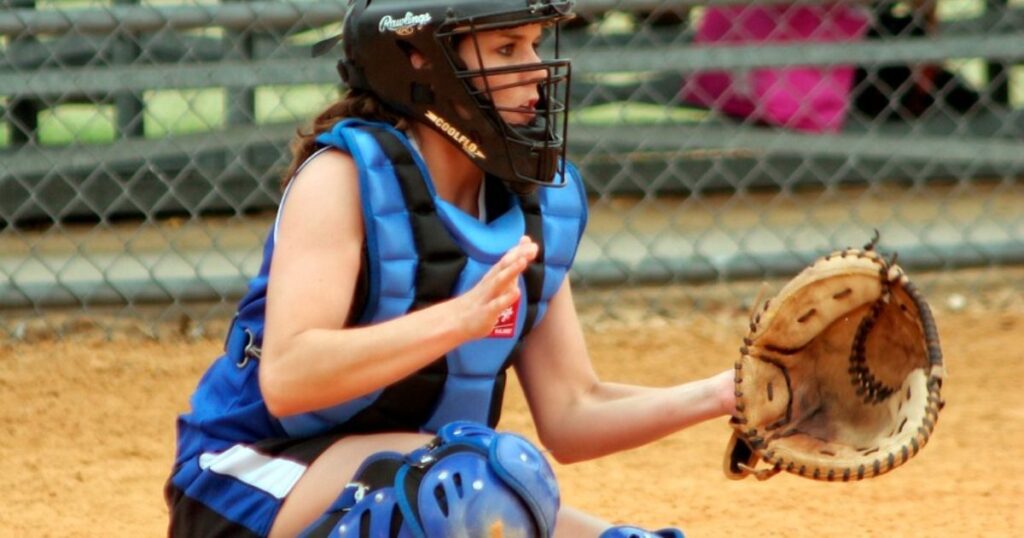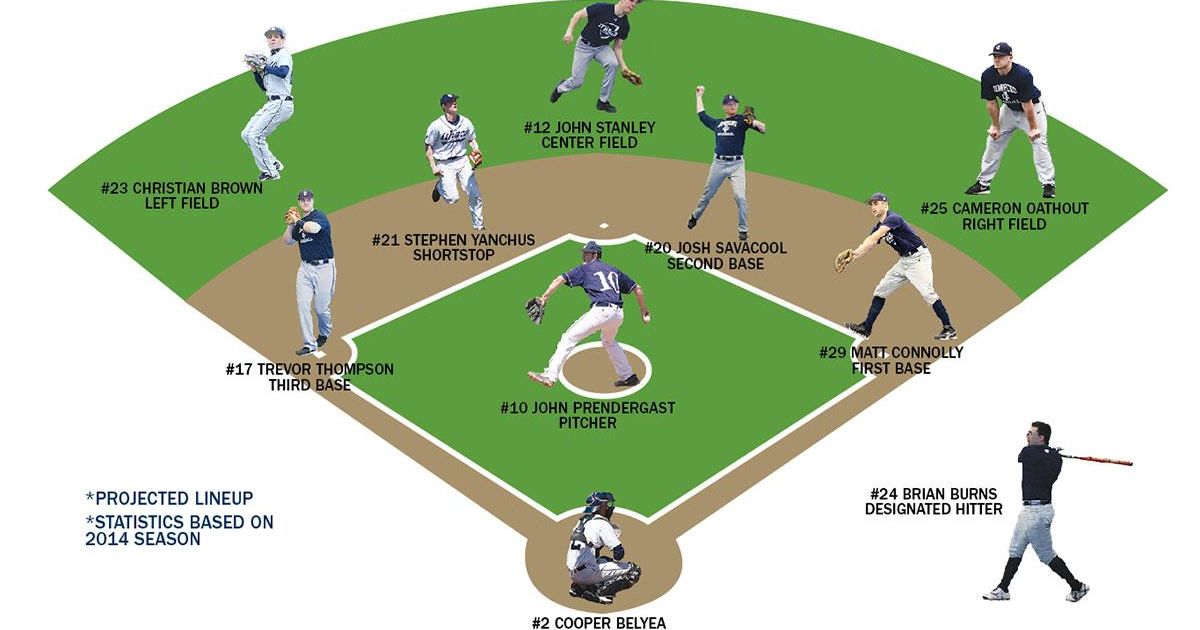Softball, a dynamic and fast-paced sport has captured the hearts of athletes and fans around the world. Played with a unique combination of precision and power, softball demands exceptional teamwork and individual skills. This bat-and-ball game, often considered an offshoot of baseball, features a distinct set of positions, each with its own specialized role within the team.
Discover the magic of softball where precision, power, and teamwork collide on the diamond. Dive into the world of unique positions, from the masterful pitcher to the agile outfielders, and unravel the secrets of this dynamic sport. Get ready to explore the exciting world of softball like never before.
The sport’s appeal lies in its accessibility and the wide range of skills it demands. It combines elements of athleticism, strategy, and teamwork, creating an electrifying spectacle on the diamond. As we delve into the various positions, we will uncover the unique attributes required of each player and explore how these roles intersect to shape the game’s outcome.
How many players in softball team?
A standard softball typically consists of 9 players in softball team on the field at any given time. There are typically substitutes available on the bench who can be rotated into the game as needed for defensive or offensive purposes.
Here’s a table outlining the player’s positions in softball:
| 1 | Pitcher |
| 2 | Catcher |
| 3 | First Baseman |
| 4 | Second Baseman |
| 5 | Third Baseman |
| 6 | Shortstop |
| 7 | Left Fielder |
| 8 | Center Fielder |
| 9 | Right Fielder |
These positions collectively make up the defensive alignment in a softball game.
Pitcher
The pitcher is one of the most critical players on a softball team. They stand in the center of the diamond and are responsible for delivering the ball to the batter. Pitchers use various pitches, including fastballs, changeups, and curveballs, to keep the opposing team guessing and control the game’s pace. They also play a vital role in fielding, reacting quickly to hit balls and making accurate throws to bases.
Catcher

The catcher takes a position behind home plate and is responsible for receiving the pitcher’s throws. Catchers use a mitt to catch the ball and work closely with the pitcher to call pitches and coordinate the defense. They are also responsible for preventing base runners from stealing bases, which includes making accurate throws to second and third base.
First Baseman
The first baseman plays near first base and is responsible for fielding ground balls hit in their direction. They also need to cover first base during plays to record outs. First basemen need to be agile, have quick reflexes, and a good stretch to receive throws from other infielders.
Second Baseman
The second baseman positions themselves between first and second base. They play a crucial role in turning double plays with the shortstop and covering second base to tag out runners attempting to steal. Second basemen should have good range, quick hands, and a strong throwing arm.
Shortstop
The shortstop plays between second and third base and is known for their exceptional fielding skills. They need to have a strong arm, quick reflexes, and the ability to make accurate throws to first or second base. Shortstops often initiate double plays and are responsible for fielding ground balls and line drives.
Third Baseman
The third baseman stands near third base and must be prepared to field ground balls and make quick throws to first base. They also need to be able to cover the base during plays to record outs and have good reflexes to handle hard-hit balls.
Outfielders
Outfielders are divided into three positions:
Left Fielder
The left fielder is positioned in the left field, which is the area between third base and the left foul line. They need good speed and agility to chase down fly balls and line drives hit in their direction.
Center Fielder
The center fielder is responsible for covering the central portion of the outfield. They often need to cover more ground than other outfielders and have excellent range and speed to track down balls hit to the gaps.
Right Fielder
The right fielder is stationed in right field, between first base and the right foul line. Like the other outfielders, they need to have a strong throwing arm and the ability to make accurate throws to bases. Their primary role is to field balls hit in their direction and prevent base runners from advancing.
Utility Players
Some softball teams employ utility players, who are versatile athletes capable of playing multiple positions. Utility players can be substituted into different positions based on the team’s needs and can be valuable assets for their adaptability.
Designated Player (DP)
In some softball leagues, there is a designated player (DP) position. The DP is a player who bats for another player (typically the pitcher) but does not play a defensive position. This rule allows for the inclusion of strong batters while keeping the pitcher in the game.
Flex Player (FLEX)
The flex player is another unique position found in specific leagues. They play a defensive position (typically in the outfield) but do not bat. Instead, the DP bats in their place. This rule is often used to give teams more flexibility in managing their lineups.
Extra Hitter (EH)
The extra hitter is an offensive-only position in certain leagues, allowing a team to include an additional batter in the lineup without playing a defensive position. This player bats but does not take the field.
Pitching Flexibility
In fast-pitch softball, there are rules related to pitching that can affect player positions. Some leagues allow a starting pitcher to re-enter the game as a pitcher after being substituted for as long as they remain in the same batting order spot. This provides teams with pitching flexibility while maintaining the batting power of their pitchers.
Relief Pitchers
While not a distinct position, relief pitchers play a critical role in softball. They are called upon to replace the starting pitcher when they become fatigued or to provide a different pitching style to confuse the opposition. Relief pitchers need to have strong arms, various pitch types, and the ability to remain composed in high-pressure situations.
Coach and Manager
Although not players on the field, the coach and manager are integral parts of a softball team. The coach is responsible for making strategic decisions during the game, such as calling plays, making substitutions, and providing guidance to players. The manager oversees the team’s overall operations, including player selection, practice scheduling, and more.
FAQs
What is a “sacrifice fly” in softball?
A sacrifice fly is when a batter intentionally hits a fly ball to advance a runner on base, and the runner tags up to advance after the catch.
How long does a typical softball game last?
A standard softball game typically lasts around 1.5 to 2 hours, though this can vary depending on the level of play and specific rules.
What’s the difference between slow-pitch and fast-pitch softball?
The key difference is the speed of the pitch; slow-pitch has a lobbed underhand pitch, while fast-pitch involves a faster overhand pitch.
Are there mercy rules in softball games?
Yes, many softball leagues have mercy rules, which allow for early game termination if one team has a significant lead, to save time and reduce the point differential.
Conclusion
In conclusion, softball features a variety of positions in softball, each with specific roles and responsibilities. Understanding these positions and their functions is essential for anyone involved in the sport, whether as a player, coach, or spectator. The success of a softball team depends on the skills and coordination of players in these positions, making them a fundamental aspect of the game.








